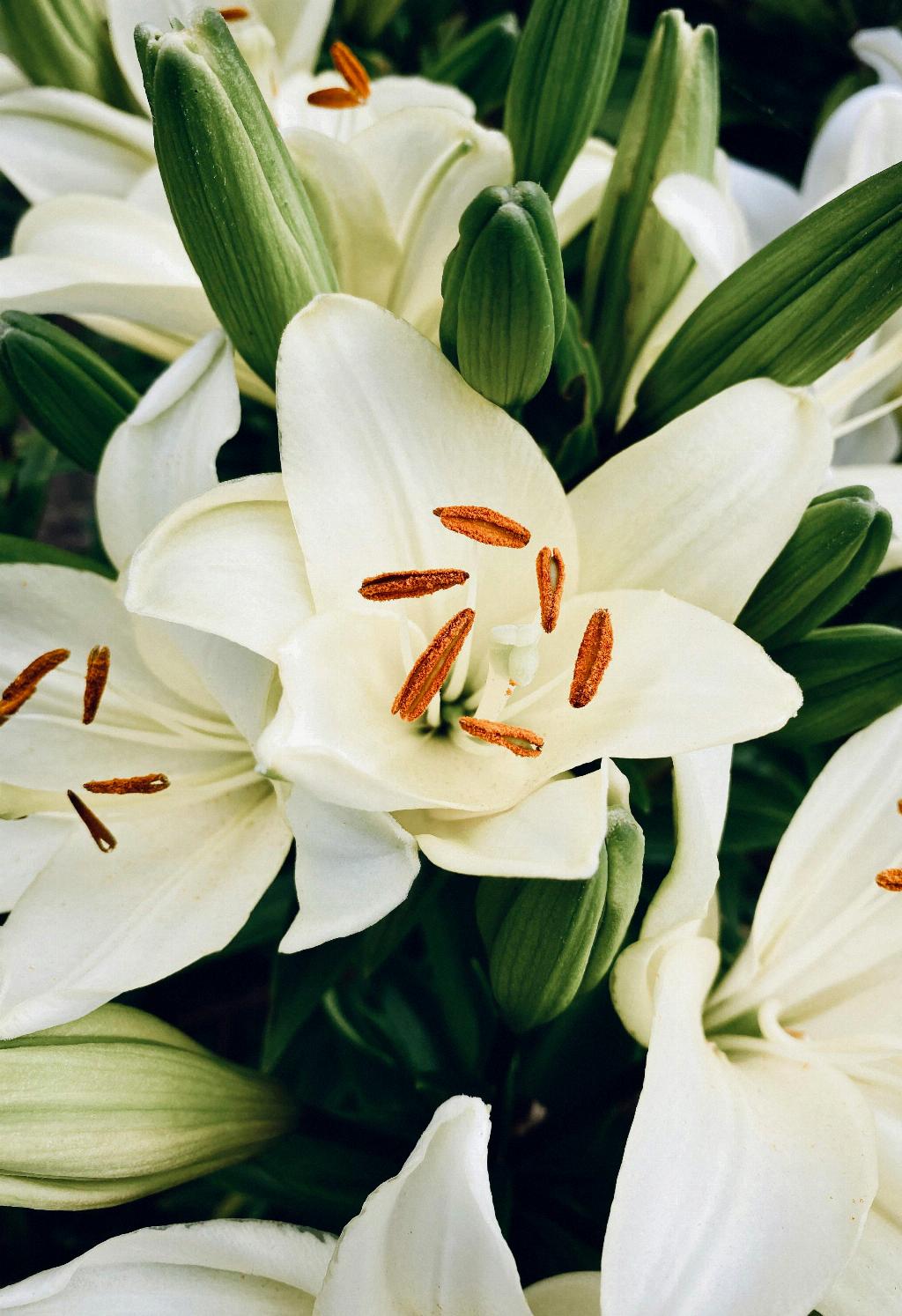When it comes to growing water lilies, there are a few key factors to consider to ensure they thrive in your pond or water feature. Water lilies are beautiful aquatic plants that add a touch of elegance to any garden. Let’s delve into the specifics of how you can successfully grow water lilies in your own outdoor space.
Selecting the Right Location
One of the most crucial aspects of growing water lilies is choosing the right location. Water lilies prefer calm, still water, so it’s essential to place them away from any sources of turbulence such as fountains or pumps. Opt for a spot in your pond that receives plenty of sunlight throughout the day to encourage healthy growth and abundant flowering.
Preparing the Planting Container
Before planting your water lilies, it’s important to prepare the planting container properly. Use an aquatic basket filled with aquatic compost or heavy clay-based loam to provide the optimal growing conditions for your water lilies. This will ensure that the plants have the nutrients they need to flourish.
Planting the Water Lilies
When it comes time to plant your water lilies, gently place them in the prepared planting container, ensuring that the roots are well-covered with soil. Position the water lily at an angle to allow for future growth, and carefully lower the basket into the water, making sure it is securely anchored in place.
Submerging the Plant
Once the water lily is in its planting container, slowly submerge the container into the pond or water feature. The top of the container should be at the correct depth according to the specific water lily variety you are growing. This will help the plant acclimate to its new environment and encourage healthy growth.
Caring for Your Water Lilies
To ensure that your water lilies continue to thrive, it’s essential to provide proper care and maintenance. Regularly remove any dead or decaying leaves from the plant, as well as any debris that may accumulate on the surface of the water. This will help prevent algae growth and keep your water lilies looking vibrant.
Fertilizing Your Water Lilies
Water lilies benefit from regular fertilization to promote healthy growth and abundant flowering. Consider using a slow-release aquatic fertilizer specially formulated for water plants. Apply the fertilizer according to the manufacturer’s instructions to provide your water lilies with the essential nutrients they need.
Pruning and Division
As your water lilies grow and mature, you may need to prune them periodically to maintain their shape and prevent overcrowding. Divide overgrown plants every few years to promote new growth and ensure that each plant has enough space to thrive. This will help prolong the life of your water lilies and keep them looking their best.
Protecting Against Pests
While water lilies are relatively resistant to pests and diseases, it’s still important to keep an eye out for any signs of trouble. Watch for aphids, snails, or other common pests that may feed on your water lilies. If necessary, treat the plants with a suitable insecticide to protect them from potential damage.
Winter Care
During the winter months, it’s crucial to provide your water lilies with adequate protection to ensure their survival. If you live in a colder climate, consider moving the plants to a deeper part of the pond to protect them from freezing temperatures. Alternatively, bring the plants indoors to a cool, dark location until the warmer weather returns.
Enjoying Your Water Lilies
With proper care and attention, your water lilies will reward you with beautiful blooms and lush foliage throughout the growing season. Take the time to sit back and enjoy the tranquil beauty of these stunning aquatic plants as they grace your pond or water feature with their presence.
Conclusion
Growing water lilies can be a rewarding experience for any garden enthusiast. By following these tips and guidelines, you can successfully cultivate healthy and vibrant water lilies in your outdoor space. Remember to provide the plants with the proper care, attention, and growing conditions they need to thrive, and you’ll be rewarded with a stunning display of beauty in your pond or water feature.

